An ode to fall, winter and the nut cracking season, this simple Italian pasta with walnut sauce is a perfect example of the ingredient-focused, seasonal cooking I live for. It's a study in less is more, and how high quality ingredients can really make a dish. Nutty, rich, and elegant in its simplicity, even if you never make it there's valuable lessons to glean from reading about the process.
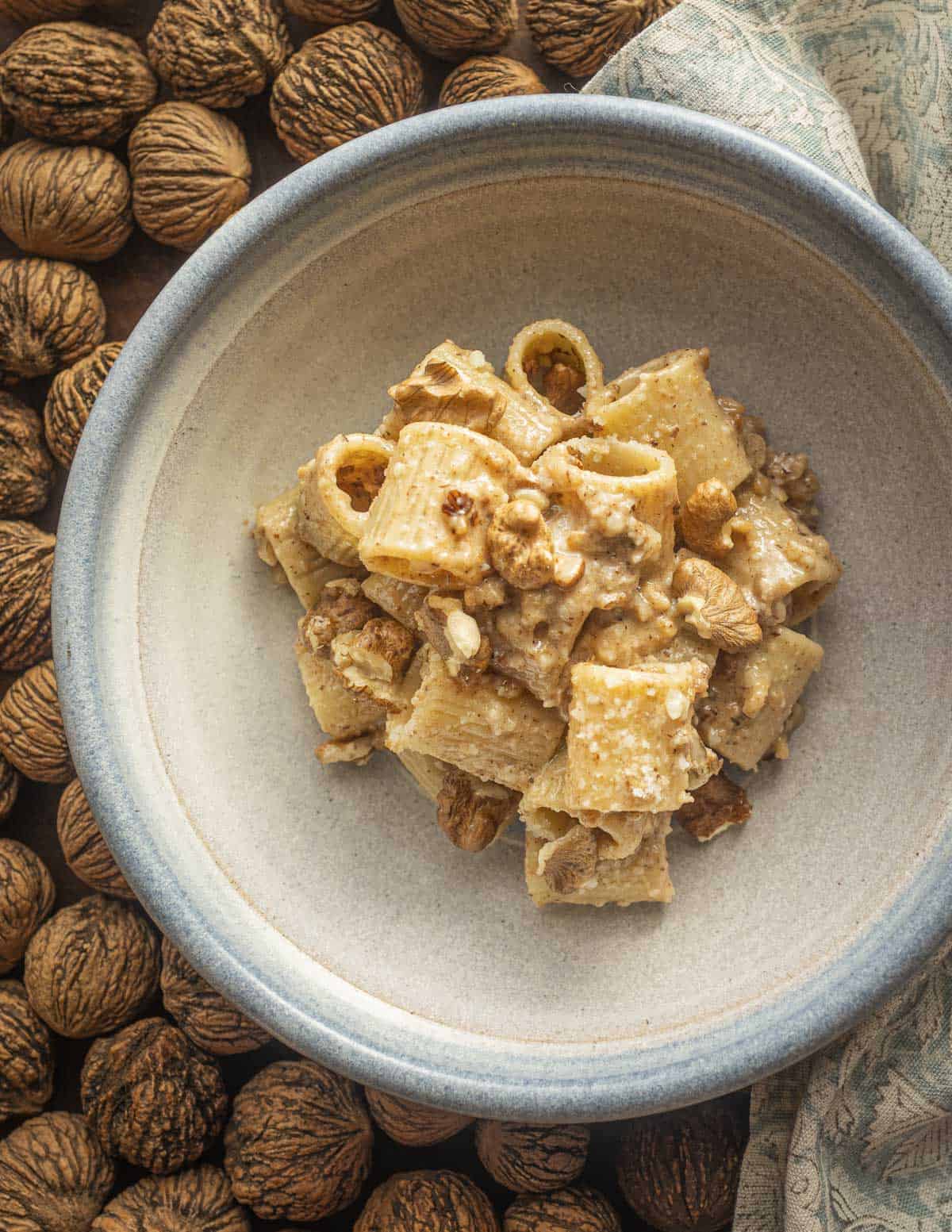
At the recent collaboration dinner I did with Hyacinth restaurant in St. Paul this pasta got more compliments than anything else on the menu. It was also the cheapest dish we served. There's probably a lesson in there somewhere for me.
A Recipe for Mezze Maniche and Tube-Shaped Pasta
I like this sauce best with a bite-sized, hollow pasta like ziti, penne, rigatoni, or, arguably the best I've had so far: mezze maniche. Hollow pasta just holds the sauce better than long noodles. With so few ingredients, this is the type of recipe where you want the best pasta you can buy.
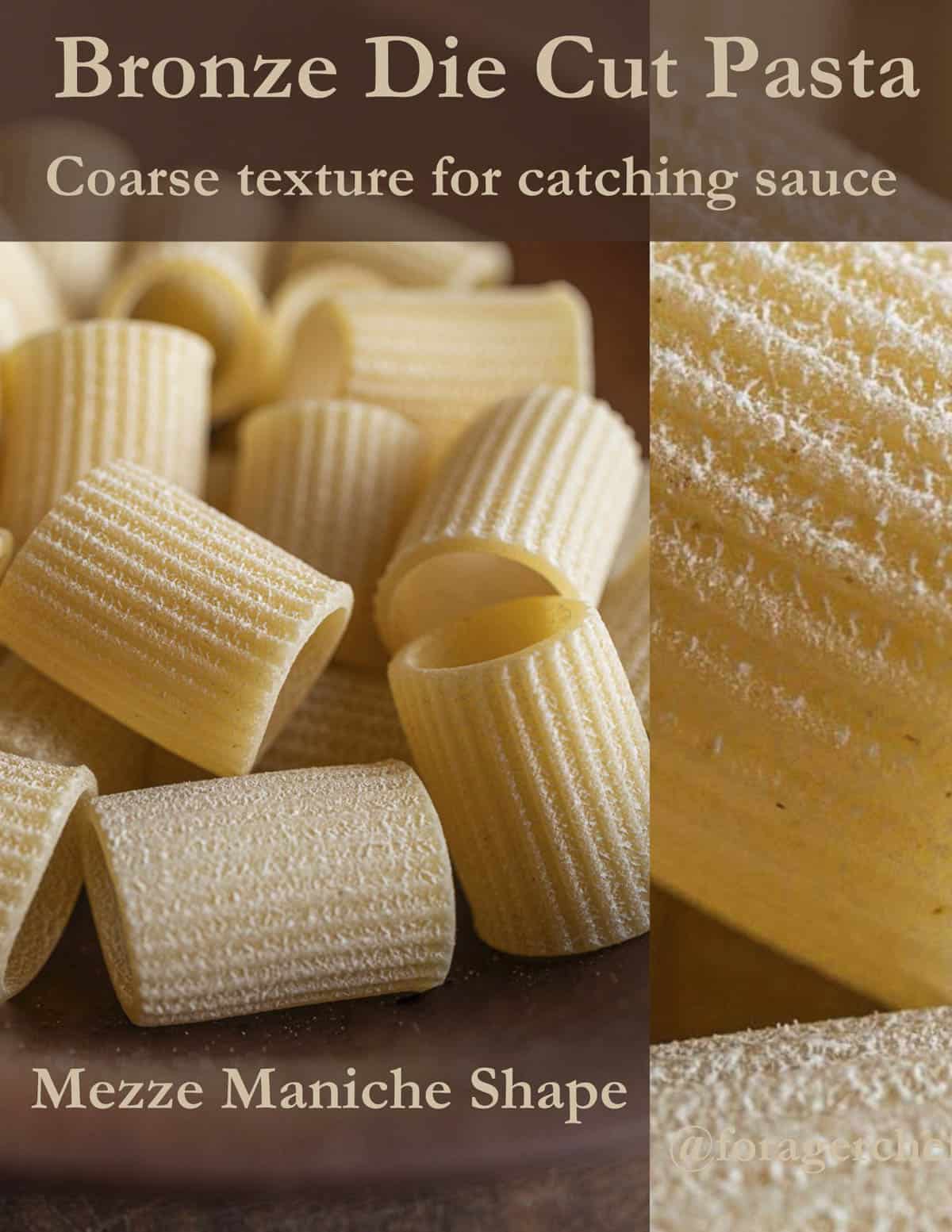
Bronze die cut pasta is expensive, but the rough surface holds sauces better than cheaper pasta. Mancini brand has quickly become a professional chef favorite, but Rusticella d'Abruzzo is good too.
Chef's Tips & Variations
I'm using black walnuts and it's a novel way to use them in savory dishes, but regular English walnuts are fine too. Using white walnuts or butternuts would be a luxury. You can also use this recipe to make a pistachio pasta sauce-the perfect sauce for squash or sweet potato ravioli.
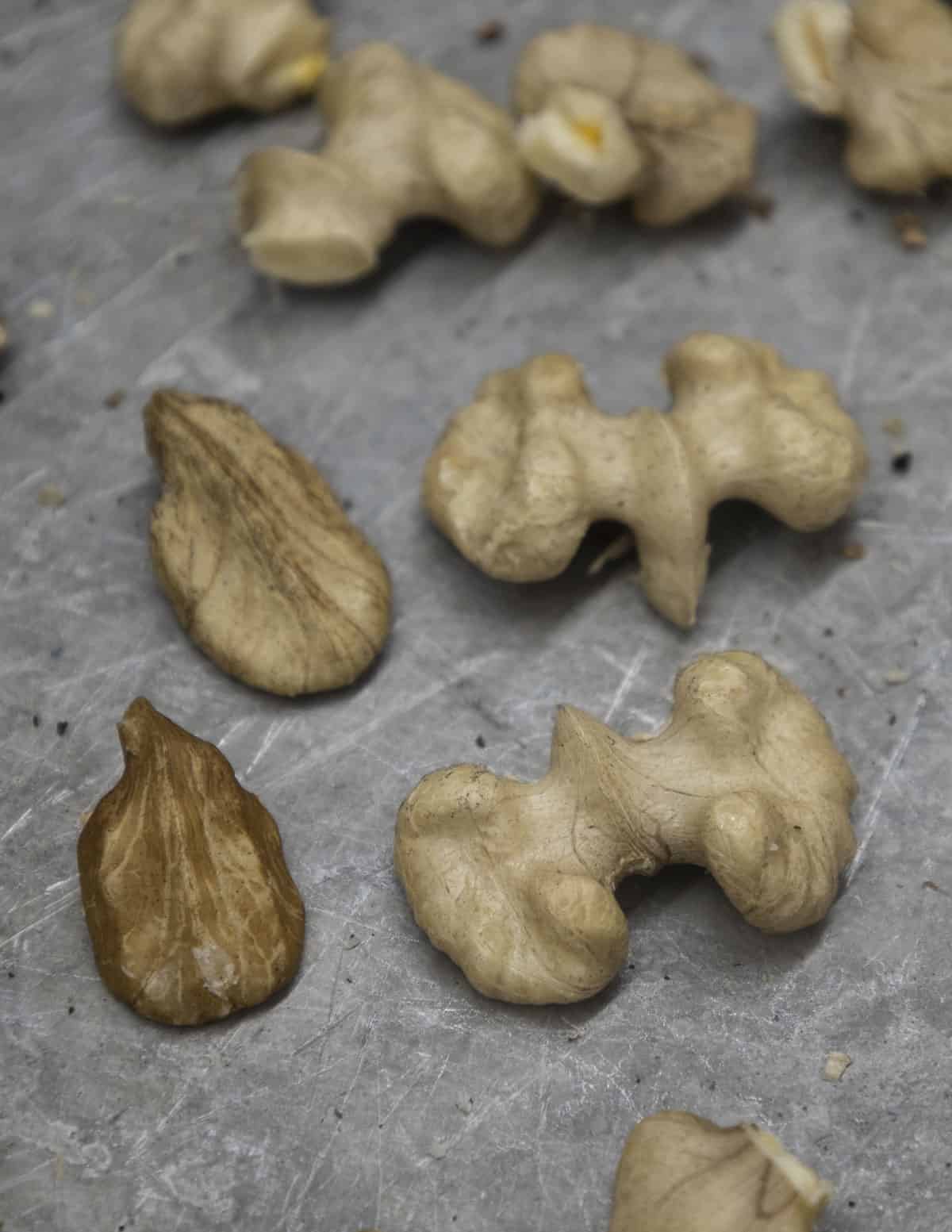
When I worked for Milanese Chef William Salvadore I remember making a nearly identical mushroom-walnut sauce for pasta using dried porcini. Instructions for making it are in the recipe notes.
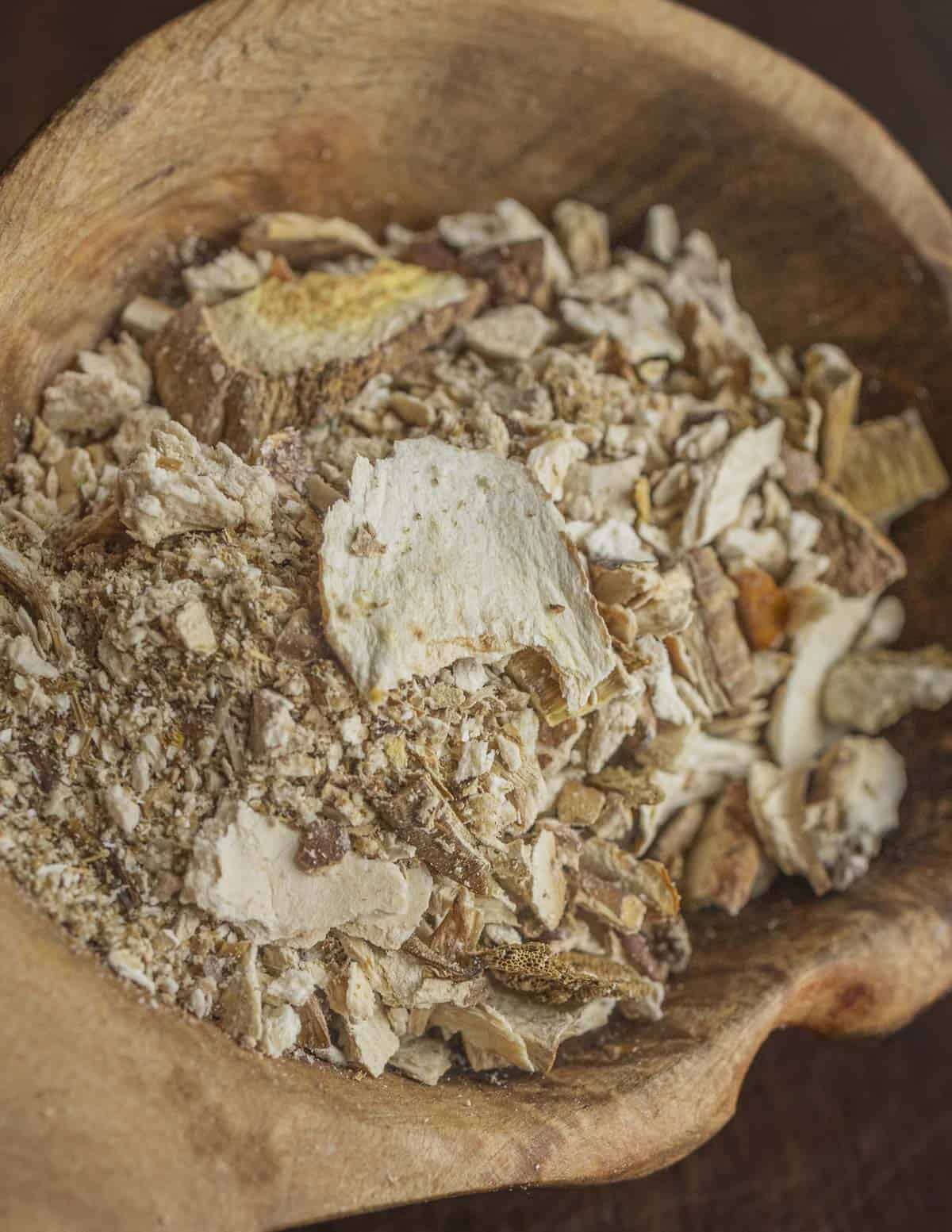
The nutty taste of the walnuts blends well with the mushrooms and is one of the few embellishments that can work here.
How to Make A Simple, Creamy Walnut Sauce for Pasta
There's a surprising number of ways to make Italian walnut sauces-more than I have room to discuss. Some are served hot like this recipe, some are tossed with filled pasta after it's cooked, like the Ligurian pansotti con salsa di noci in the images below.
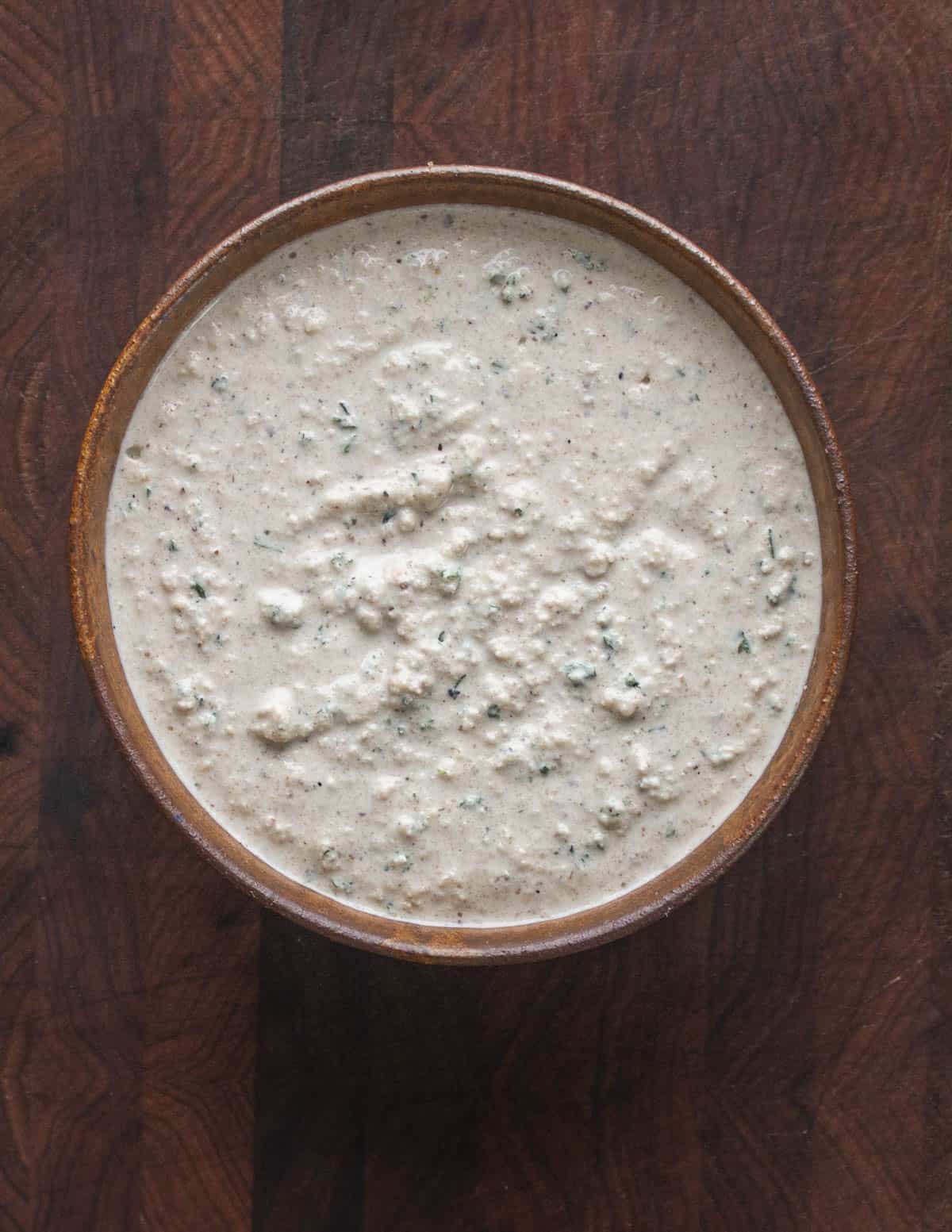
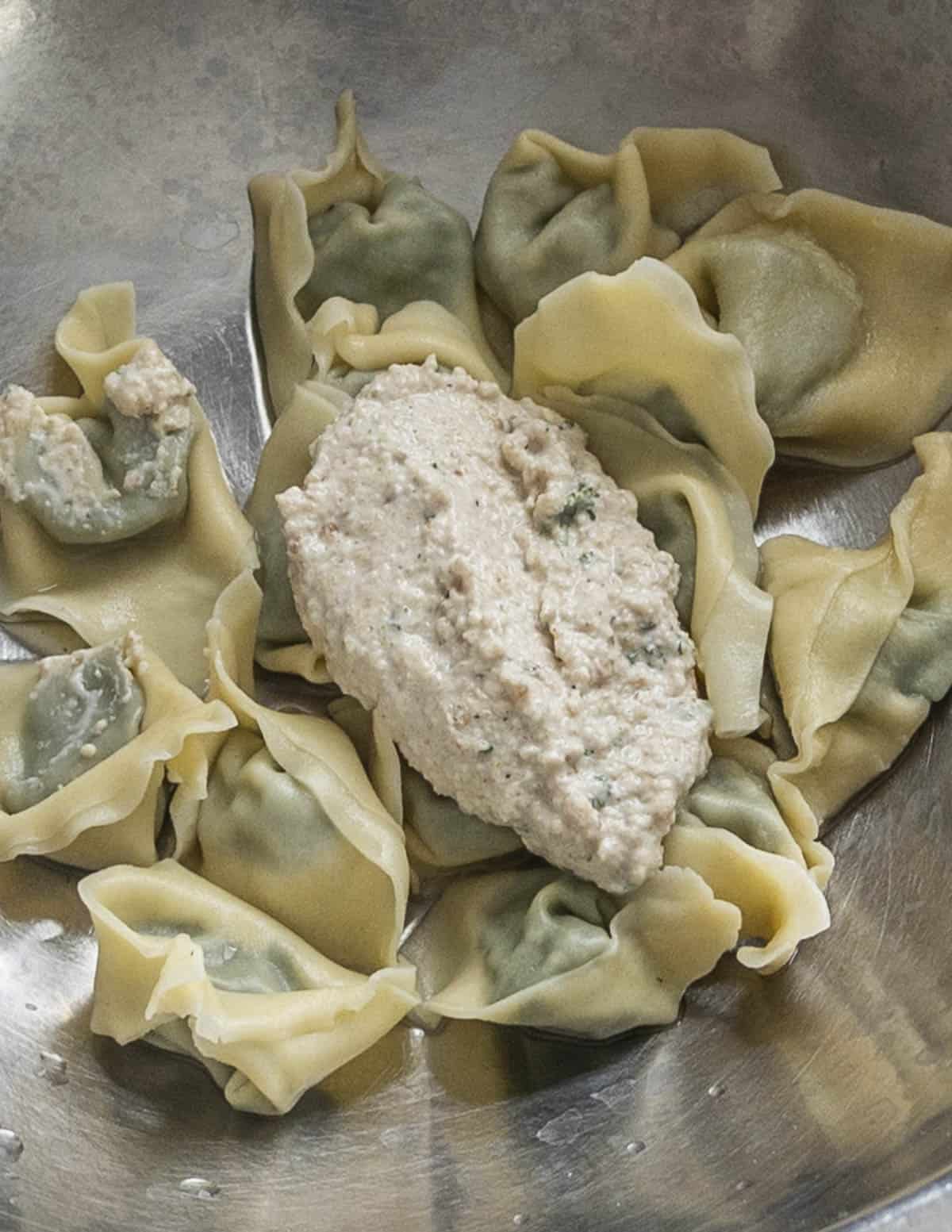
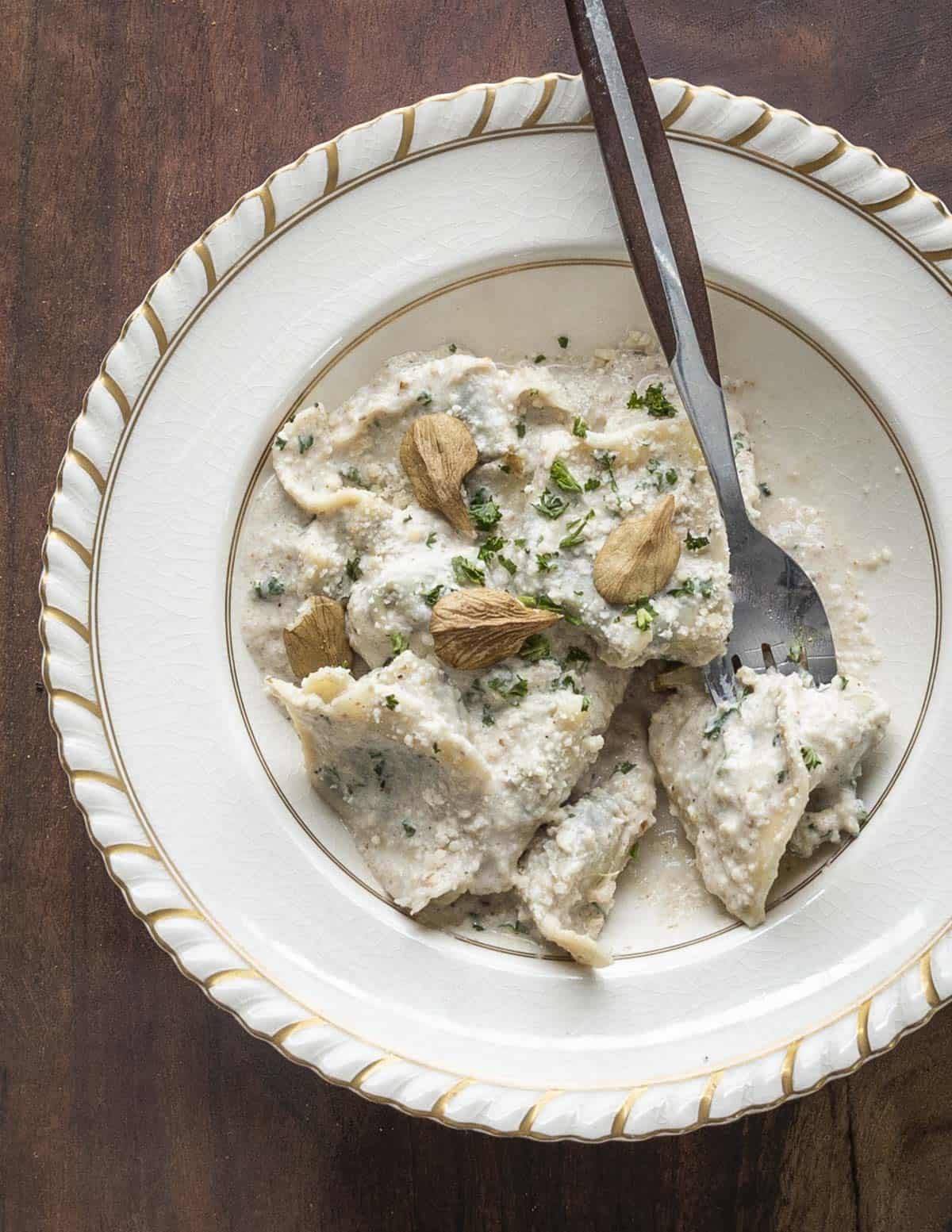
My favorite version is the simplest, made with nothing more than walnuts, water, garlic, wine, cheese, and a spoonful of cream. But, with so few ingredients the technique becomes more important and there's subtle details to pay attention to. Think of it more like pasta with walnuts than a walnut cream sauce, if that makes any sense.
To make the dish, first the walnuts are ground by hand in a mortar and pestle. Food processors won't work here but you could crush the nuts with the back of a pan. You're aiming for a combination of coarse and finely ground walnuts.
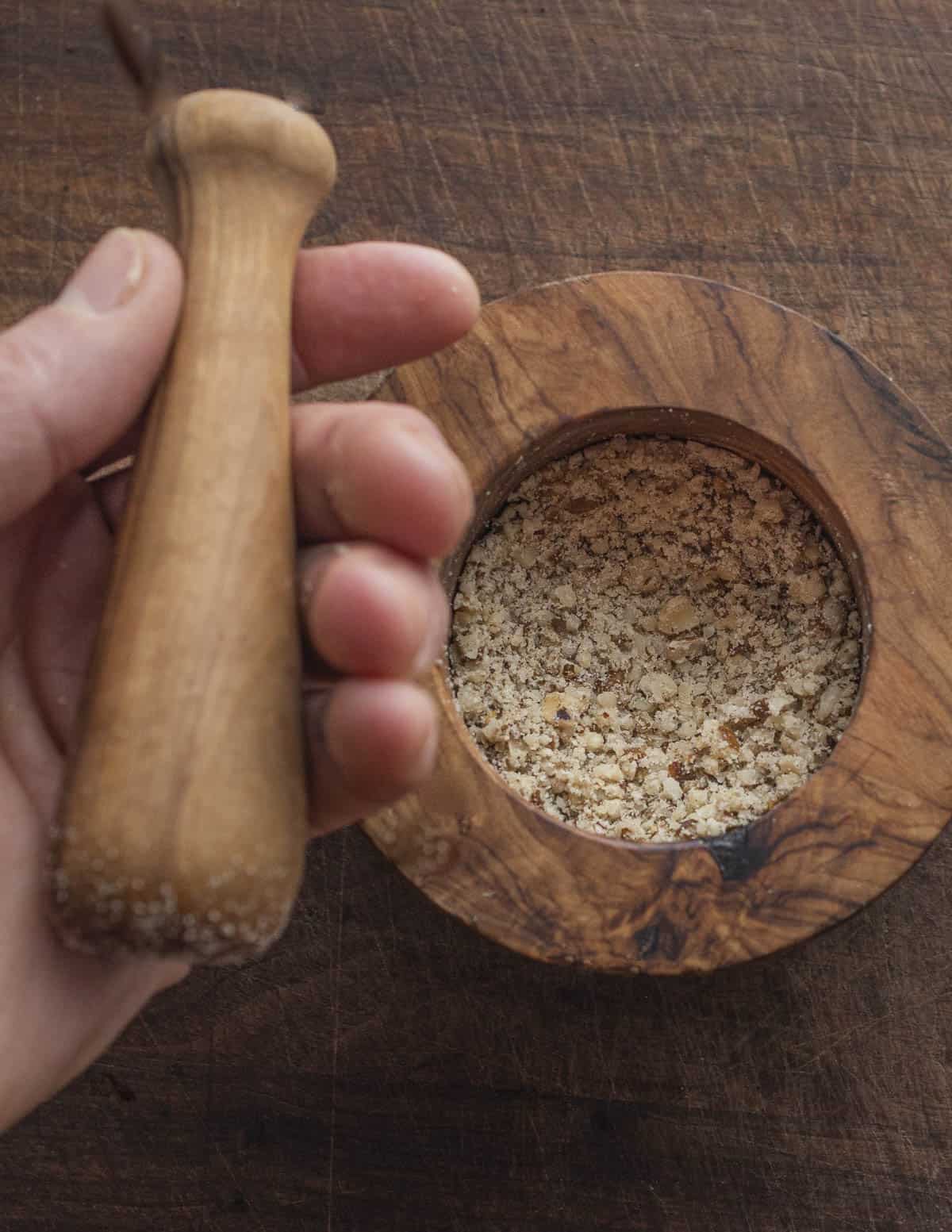
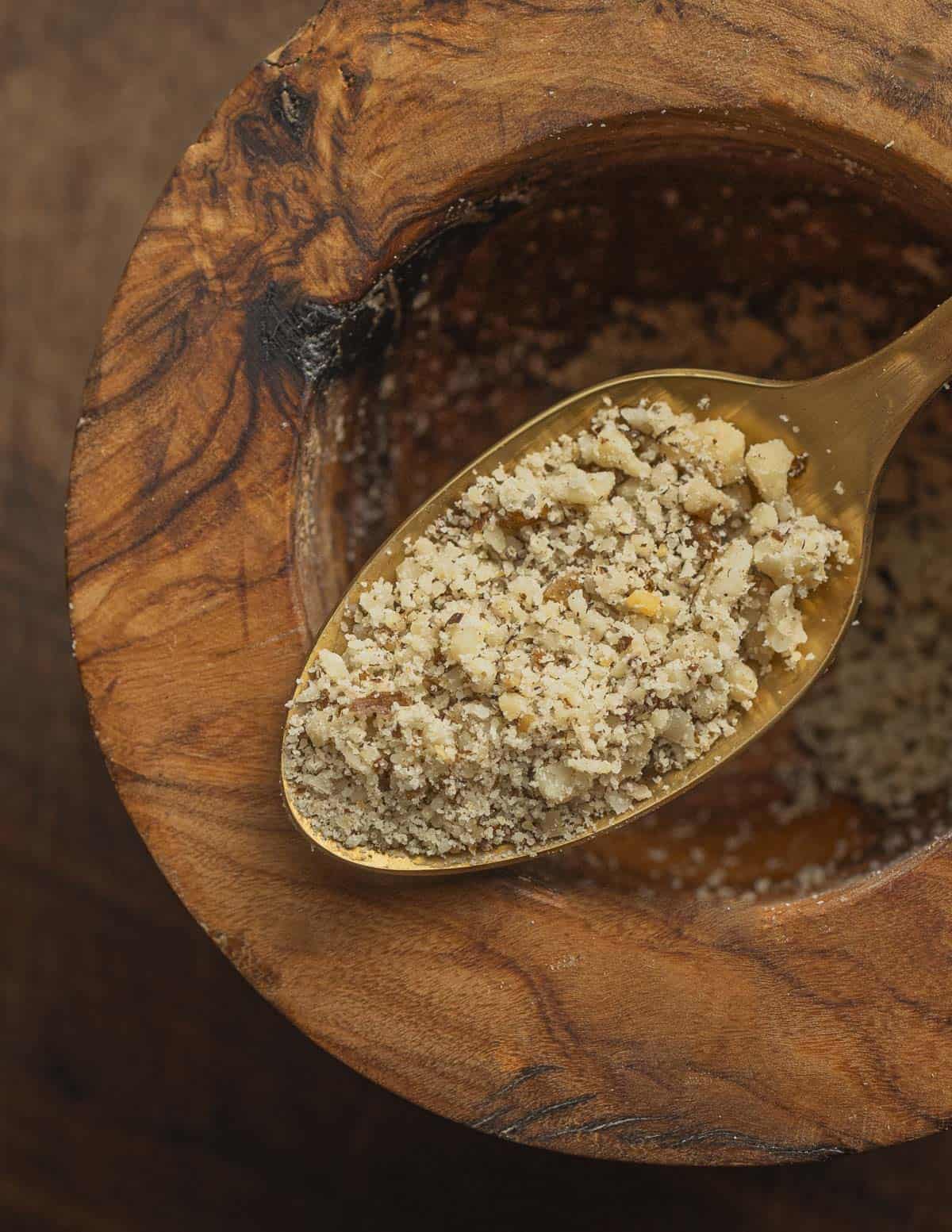
While the pasta's cooking, melt unsalted butter in a pan with a sliced garlic clove. it's important that the garlic is sliced as minced garlic can burn too quickly. The ground walnuts are added and cooked until they're the perfectly golden brown, then deglazed with a splash of wine.
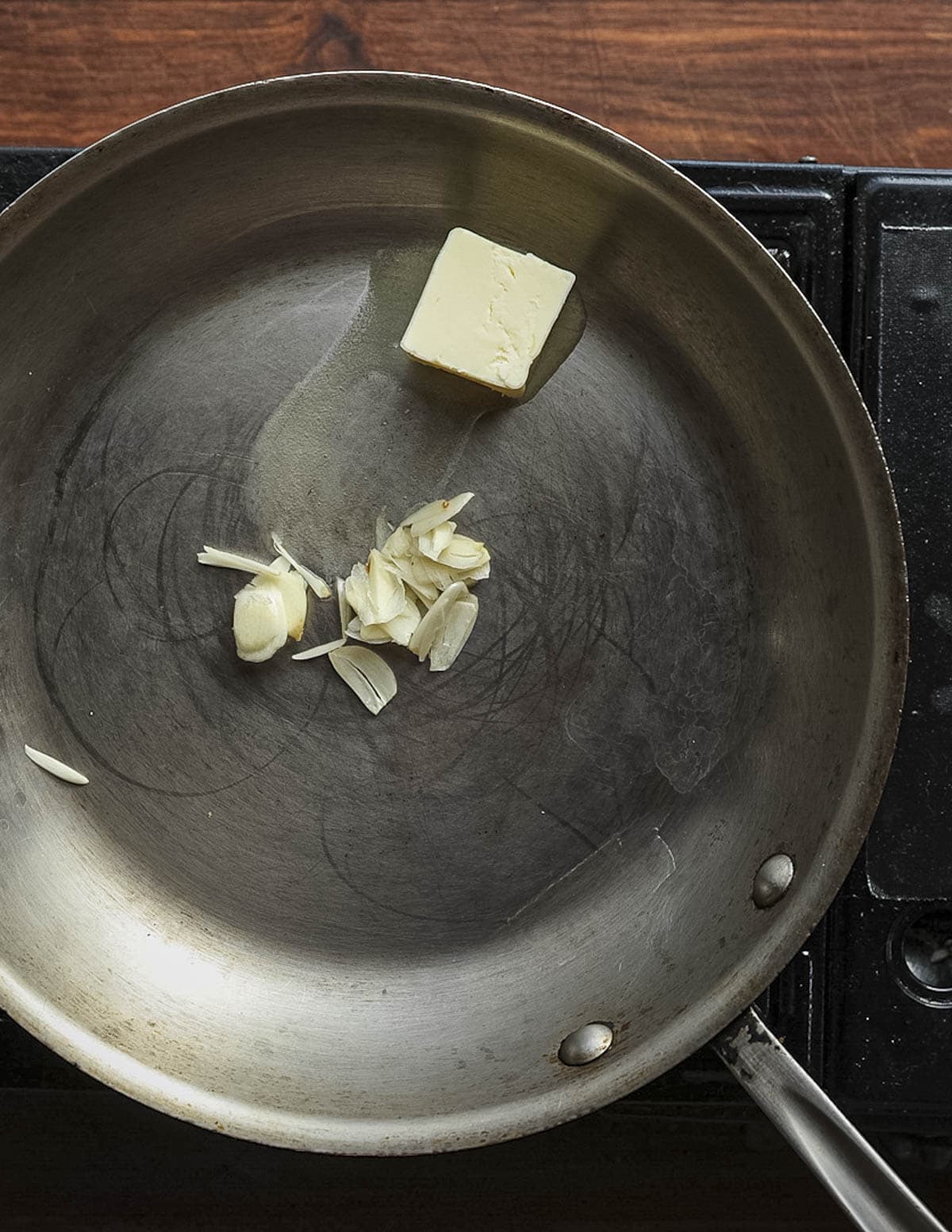
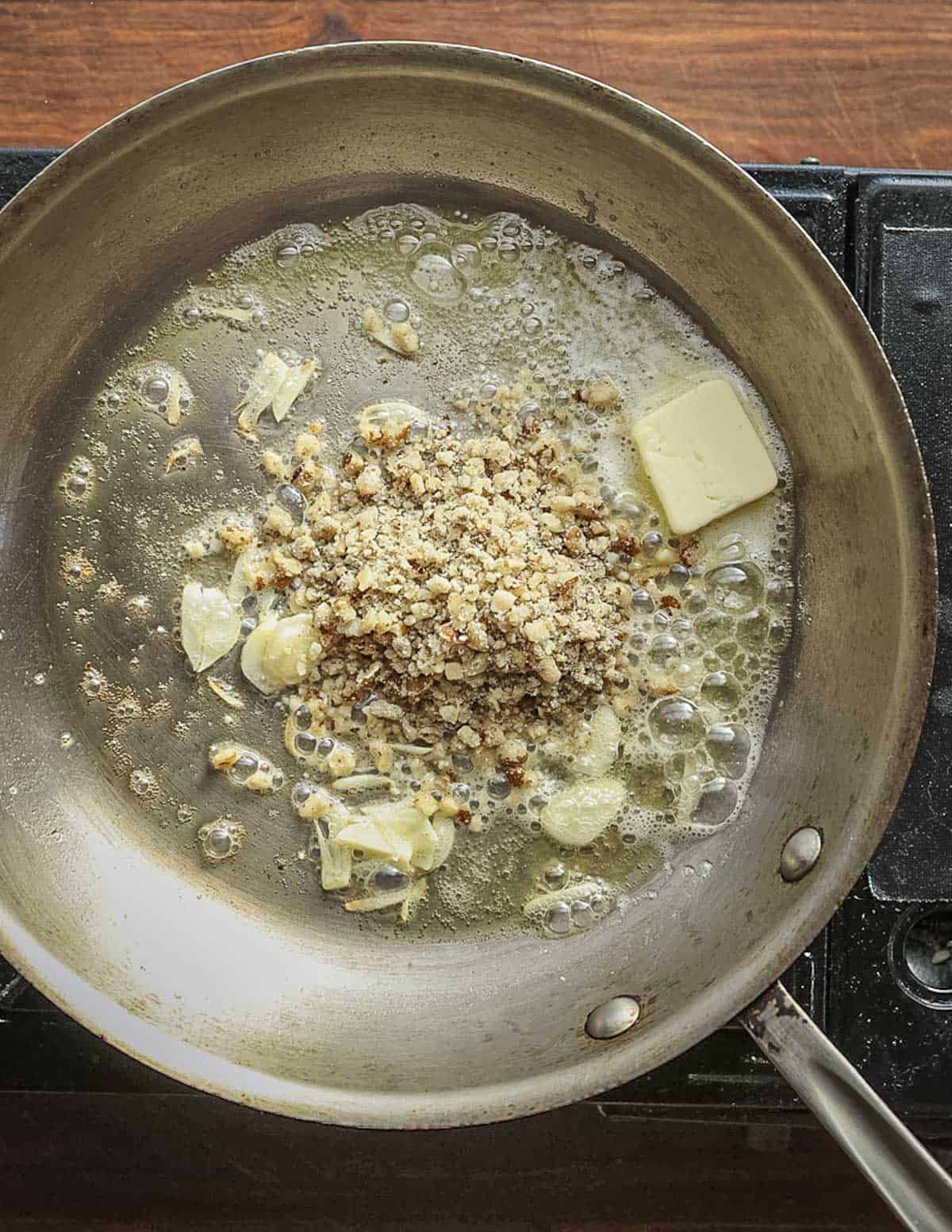
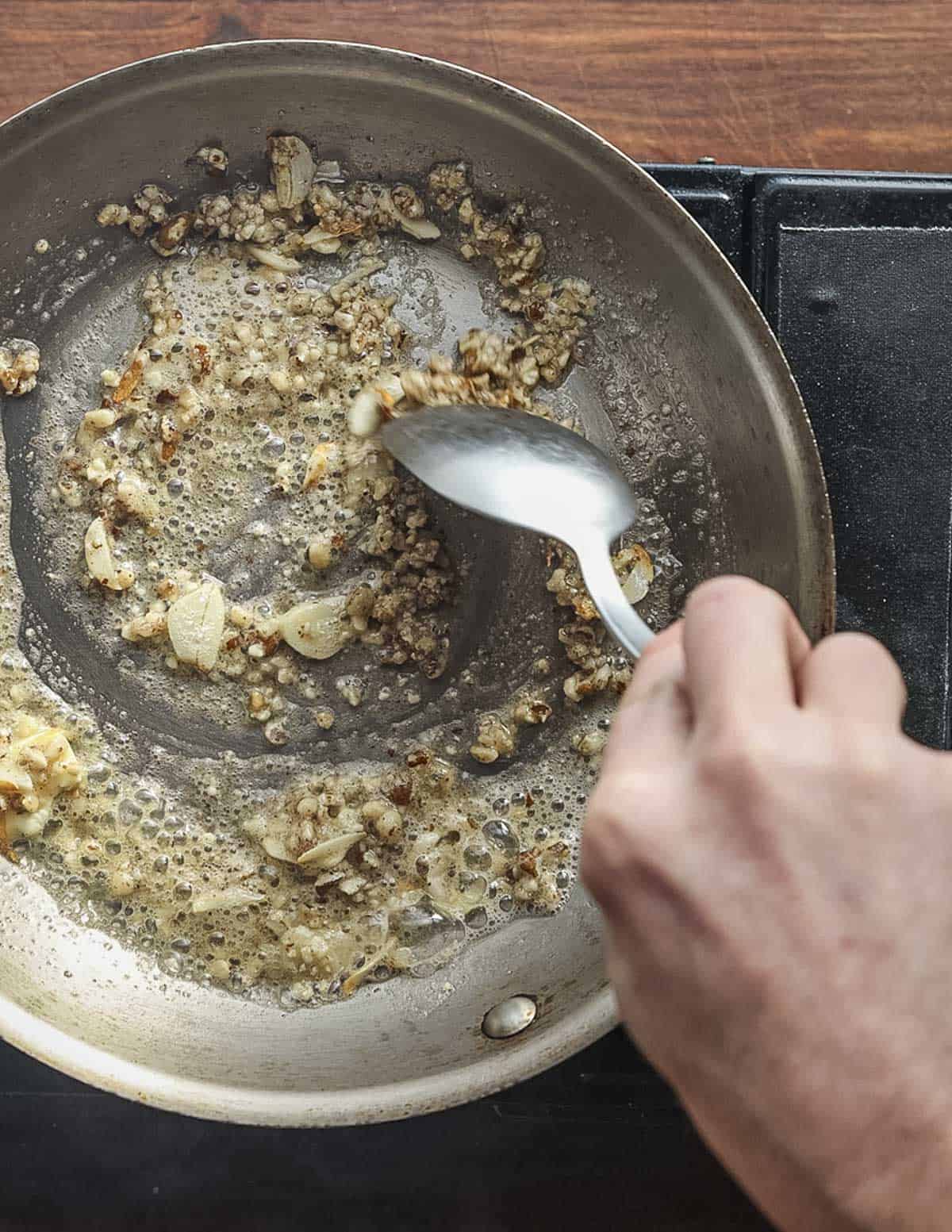
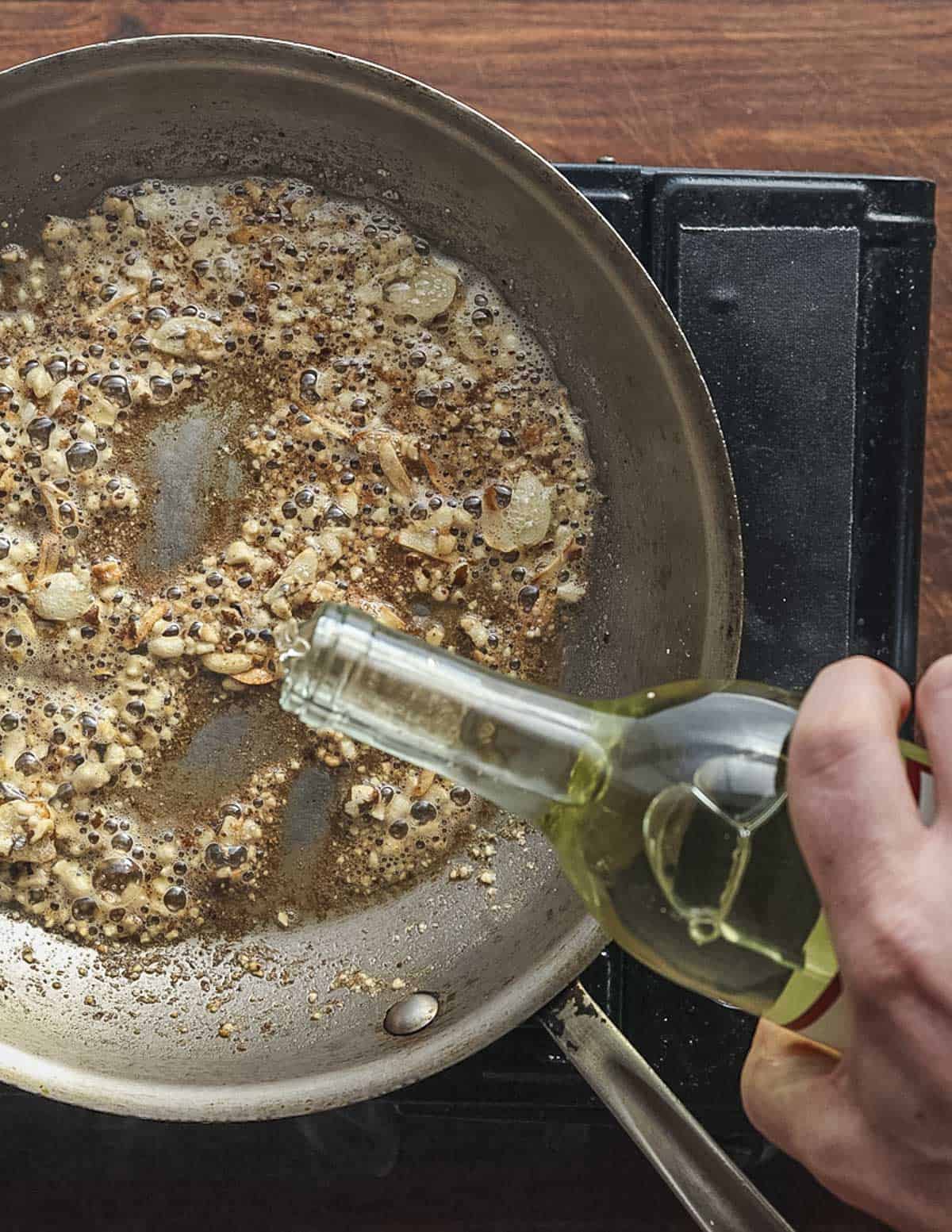
A drizzle of cream, water, and cooked pasta are added to the pan. The pasta's cooked slightly less than al-dente so it can be simmered in the sauce to finish, which is one of the secrets.
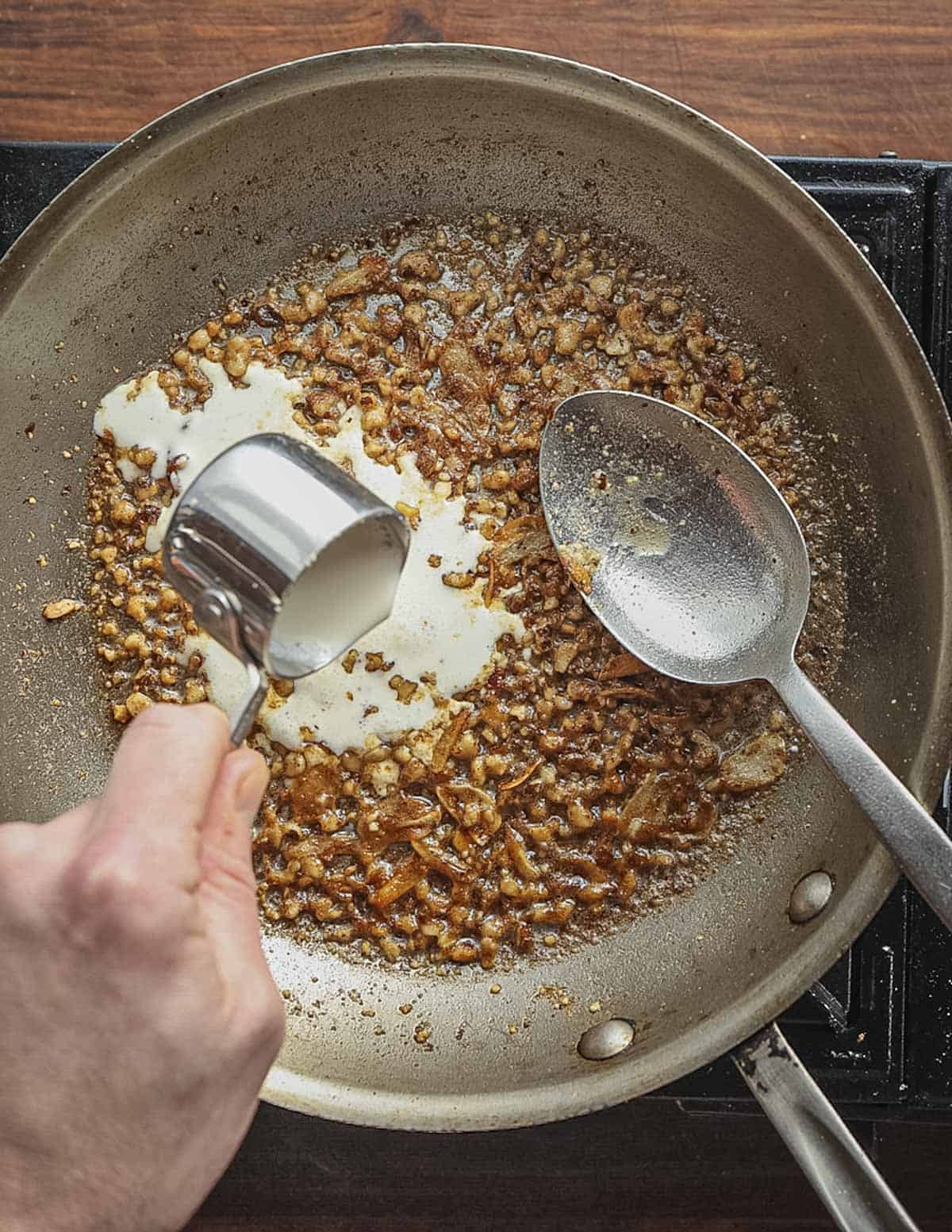
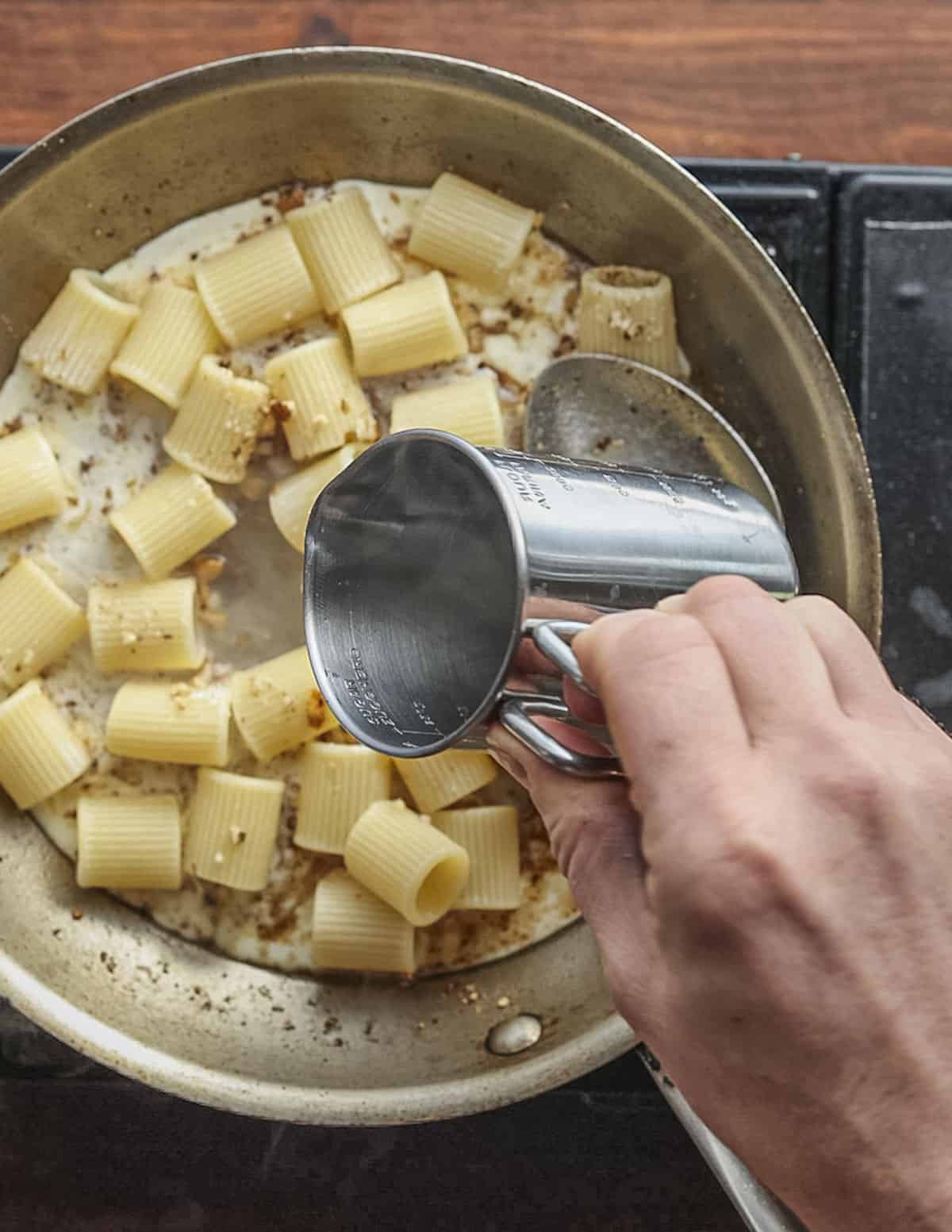
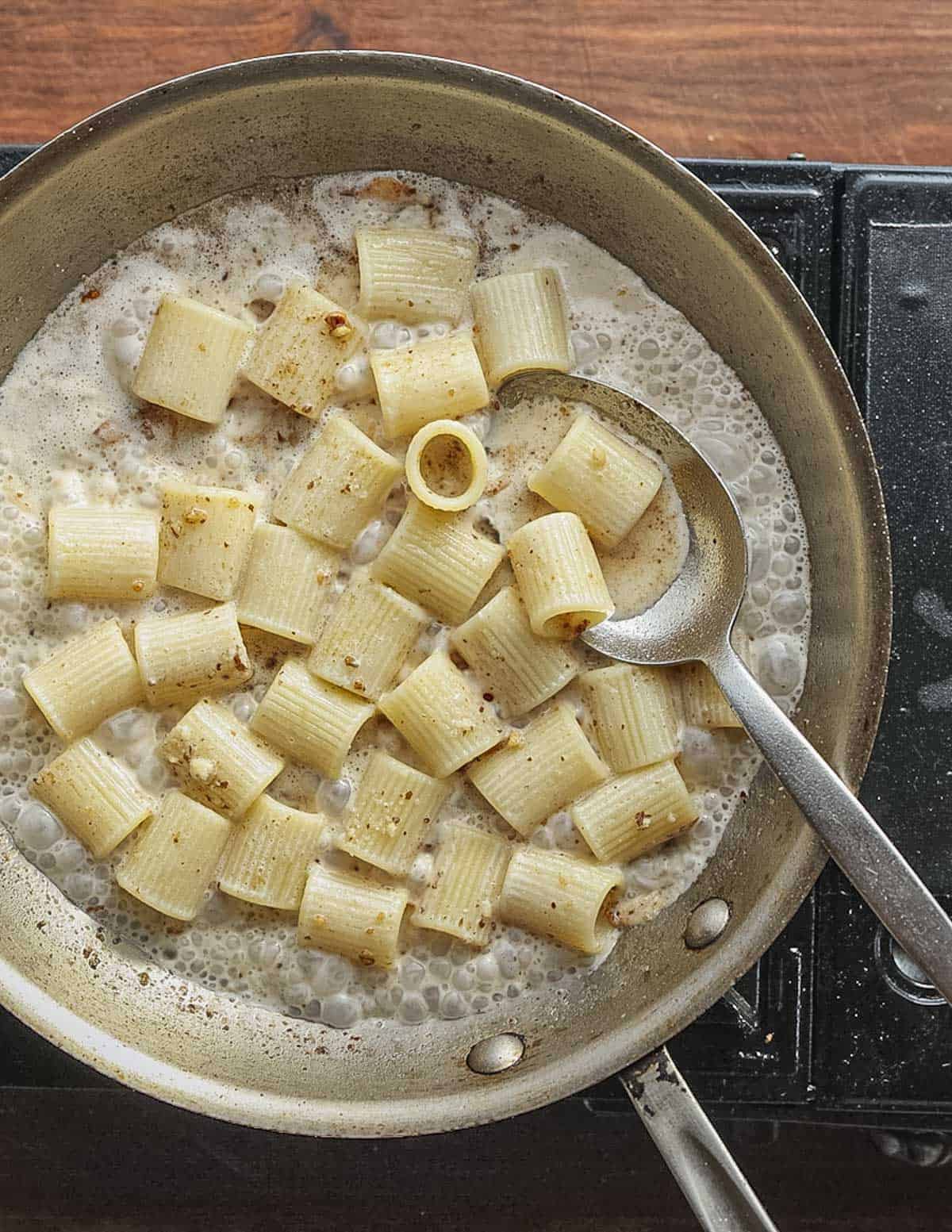
When the pasta's tender and has soaked up the sauce, add a small handful of good parmesan cheese, mix, taste and serve. Garnish with a few coarsely chopped toasted walnuts to emphasize the theme. Parsley, herbs or aesthetic garnishes are unnecessary and detract from the simplicity.
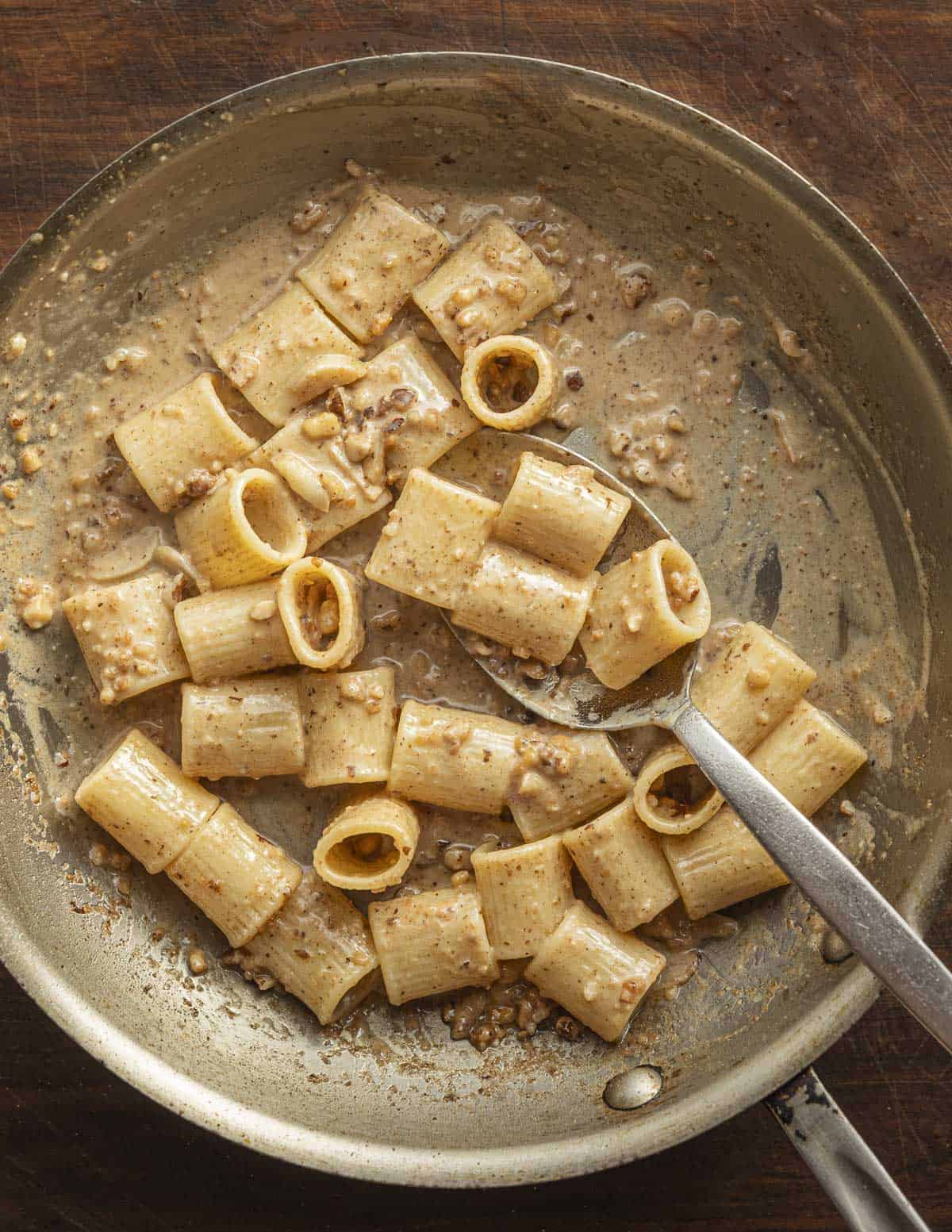
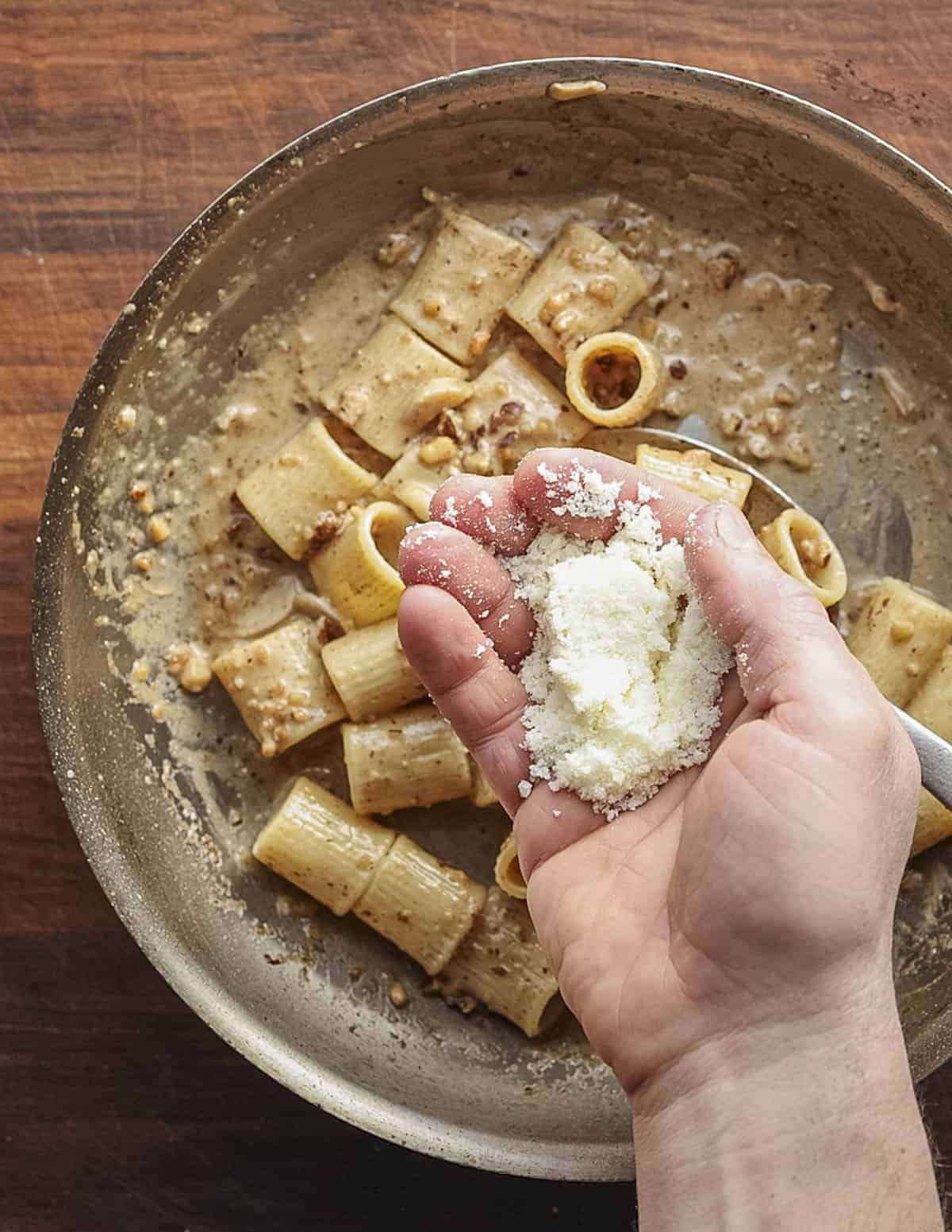
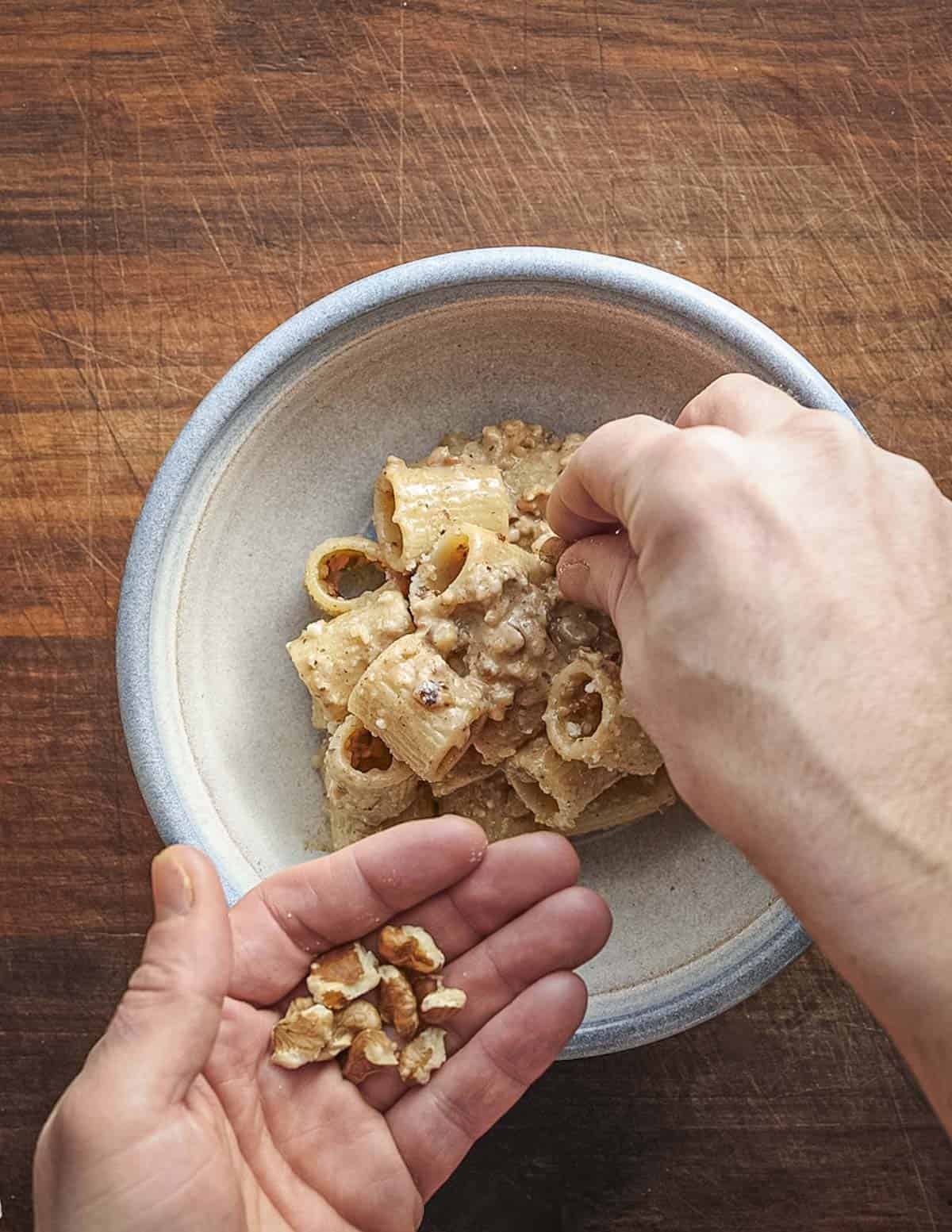
When done correctly, the sauce should cling to the pasta. It should not be soupy or wet as most of us Americans are used to. If you've ever eaten pasta in Italy, the light coating of sauce that's just enough, but not too much, will bring back memories.
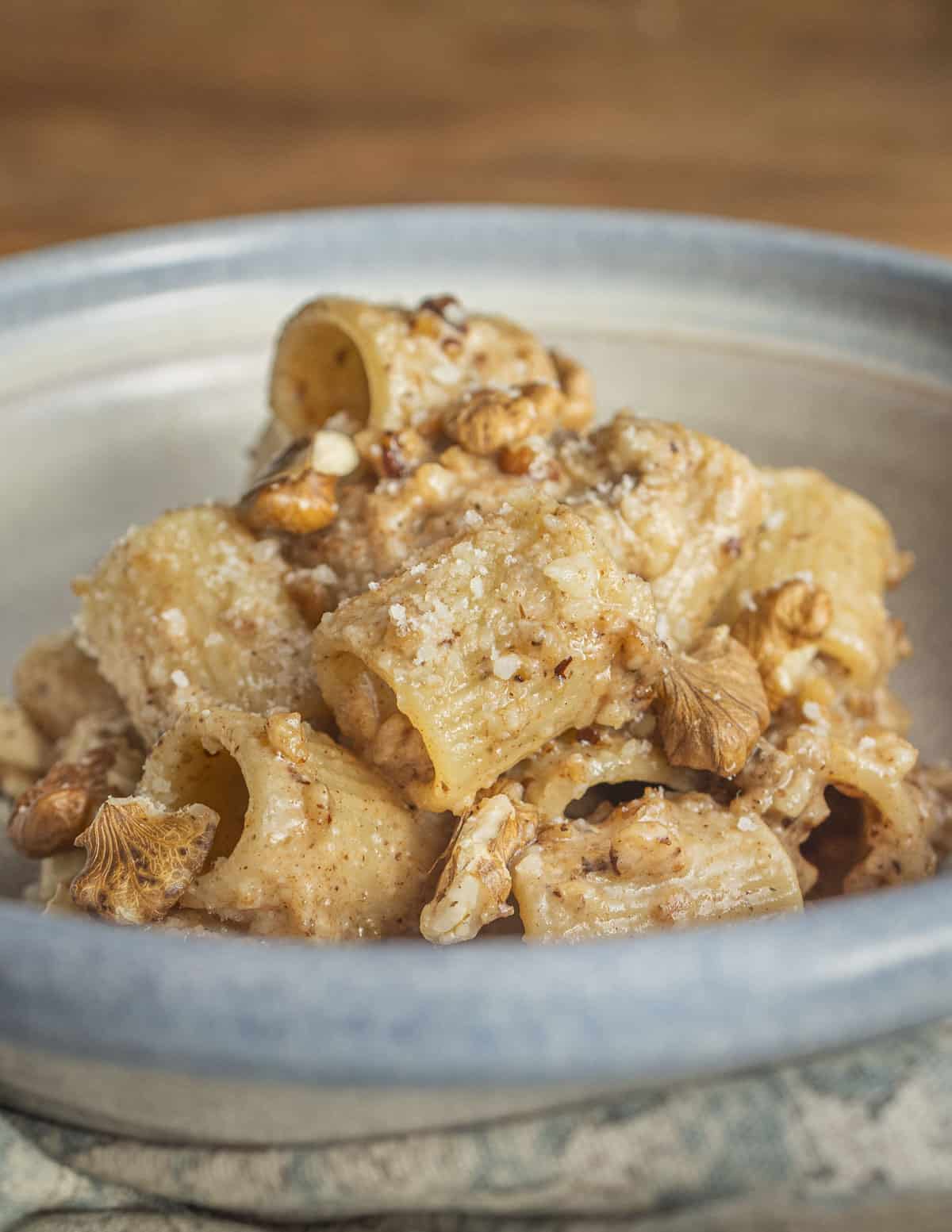
Related Posts
Mezze Maniche Pasta with Walnut Sauce
Equipment
- 1 10 inch stainless steel saute pan or similar
- 1 3-4 quart pasta pot
Ingredients
- 1 small clove garlic thinly sliced or minced
- 2 tablespoons unsalted butter
- ⅓ cup water plus more as needed (don’t use pasta water)
- Splash of dry white wine
- 3 oz dried pasta scant cup of penne, ziti, etc (weighing the pasta is ideal for the right result here)
- 3 tablespoons ground walnuts, raw & un-toasted
- 2 tablespoons heavy cream
- ¼ cup finely ground parmesan cheese, separated like parmigiano reggiano or grana padano
- Kosher salt to taste
- A few toasted coarsely chopped walnuts to garnish
- Extra parmesan cheese to garnish
Instructions
- Bring a pot of salted water to a boil. Add the pasta and undercook it slightly. You will finish cooking the pasta by simmering it in the walnut sauce.
- In a cold 10 inch saute pan, warm the butter and garlic and cook on medium heat until the edges of the garlic turn golden. Add the crushed walnuts and stir to mix with the butter.
- Cook, stirring occasionally until the walnuts start to turn golden. Add the wine to the pan and cook off.
- Add the pasta, water and cream to the pan and simmer over medium-high heat. Simmer the pasta in the sauce until it’s tender and tastes good to you.
- If the pan threatens to dry out add another splash of water. Resist the urge to add pasta cooking water as it can become too salty.
- When the pasta’s tender, add half the parmesan and stir to combine, then remove from the heat.
- Transfer the pasta to a warm serving bowl, garnish with additional parmesan and toasted walnuts and serve immediately. Resist the urge to garnish with fresh chopped parsley, chives, or anything else and appreciate the rustic simplicity of your perfectly executed pasta.
- When made correctly the pasta should be perfectly coated with sauce, with nearly none left in the pan. Unlike many other pastas, you should not be able to drizzle spoonfuls of the sauce from the pan on top of the pasta.

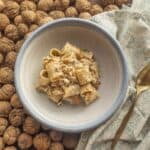
Elizabeth Blair
Your recipes are always intriguing, Alan. But I often can't manage the complexity. How about doing a few simple recipes for those dried or frozen mushrooms we have on hand from last year? especially hens. but also COW, which I dried and pulzerized.
From A Challenged Cook.
Alan Bergo
Thanks for the suggestions.
Amy
Keen to try this- love nuts and the elegant simplicity. One basic Q- is it pasta water we are adding or fresh water? Commonly it’s pasta water for starchiness and emulsification, but want to clarify since, as you say, in such a simple recipe the details matter! Thanks
Alan Bergo
Yes the details matter, a spoonful of pasta water is usually great, and you could add a little bit here, but in the second to last step I mention not to use pasta cooking water. The reason is that the amount of water you’re adding is much than a spoonful, which can make the pasta too salty.
Gilbert White
Takes me on a tangent to Sondrio food.
Pizzoccheri, which refers to buckwheat, buckwheat noodles, and typical mets using them. In the ski areas north of Milan, popular cold weather food. The first times I ate the dish I thought the tough dark colored flat noodles were dried beef like jerky. The greens were Swiss chard? Could substitute. Recipes also can include funghi.
Alan Bergo
Hey Gilbert. Love buckwheat. I taught class on making the pizzocherri Valtellina with cabbage and alpine cheese that’s baked like a casserole a few years ago. It’s interesting to notice the Germanic influence on dishes as you go north.